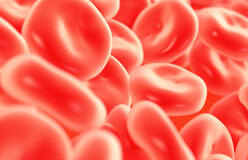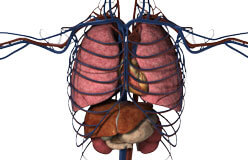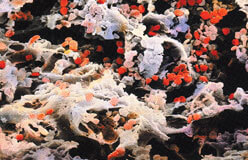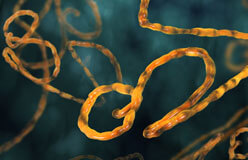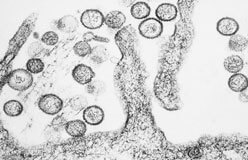Blood can both give life and take it away. Consider the history of blood transfusions.
A transfusion means taking blood from one living thing and injecting it into the bloodstream of another. In the 1660s, several scientists experimented with it. Richard Lower transfused blood between dogs with some success. Then he injected lamb blood into humans. A patient died. Blood transfusion was outlawed.
In 1818, James Blundell gave a woman blood from her husband. It worked. She was fine. But other patients died from transfusions. Decades later, a German named Leonard Landois learned why. When different bloods mix, red blood cells can clump up. They may even explode. In 1901, American biologist Karl Landsteiner found the reason: antigens. Those are special markers on germs and other substances. They cause your body to make antibodies. Those are proteins that defend against invaders. Some blood has antigens we call A and B. They’re harmful to blood that doesn’t have A or B antigens.
Today, doctors test blood for antigens before they do transfusions. Safe transfusions save countless lives.
